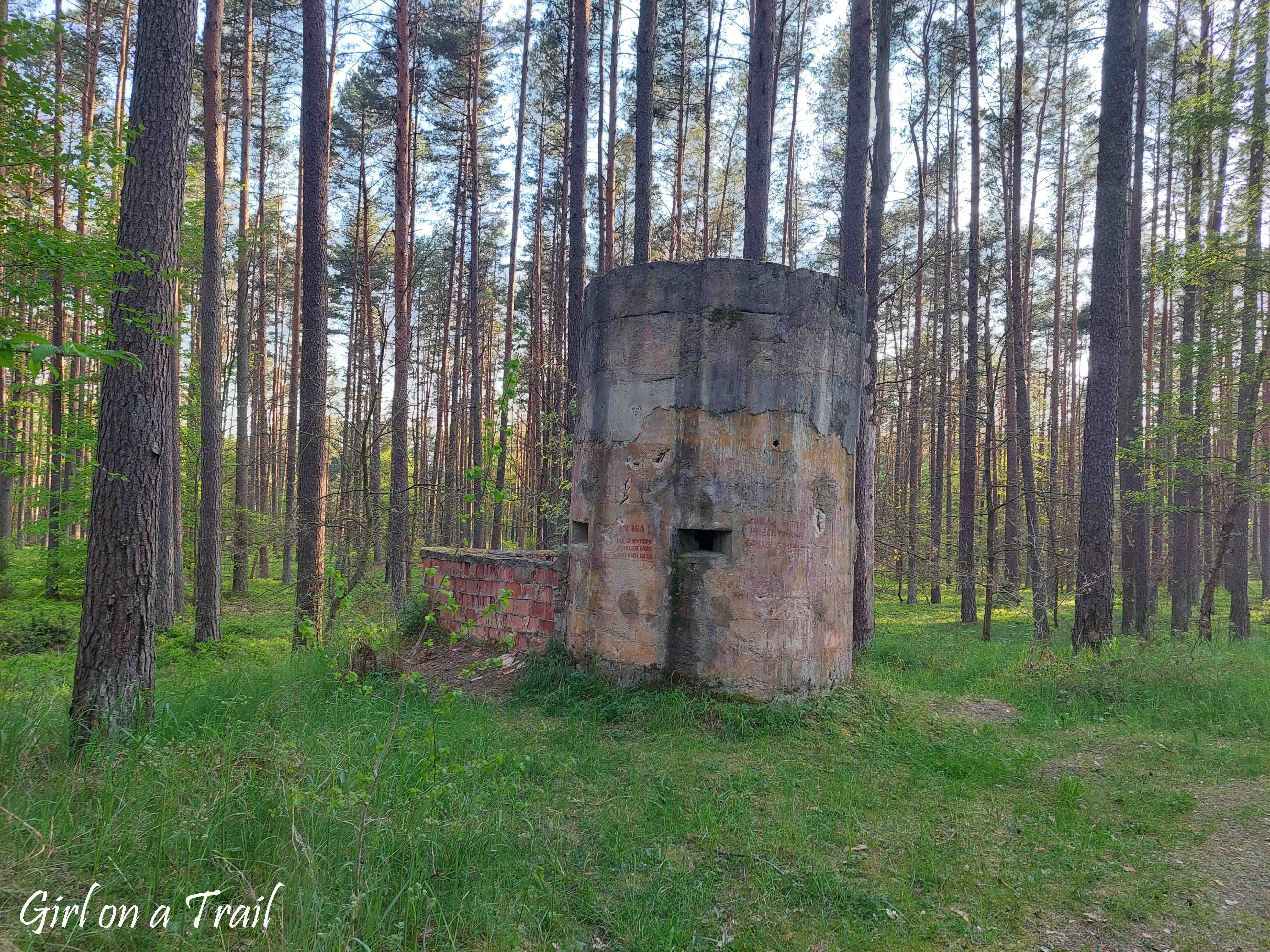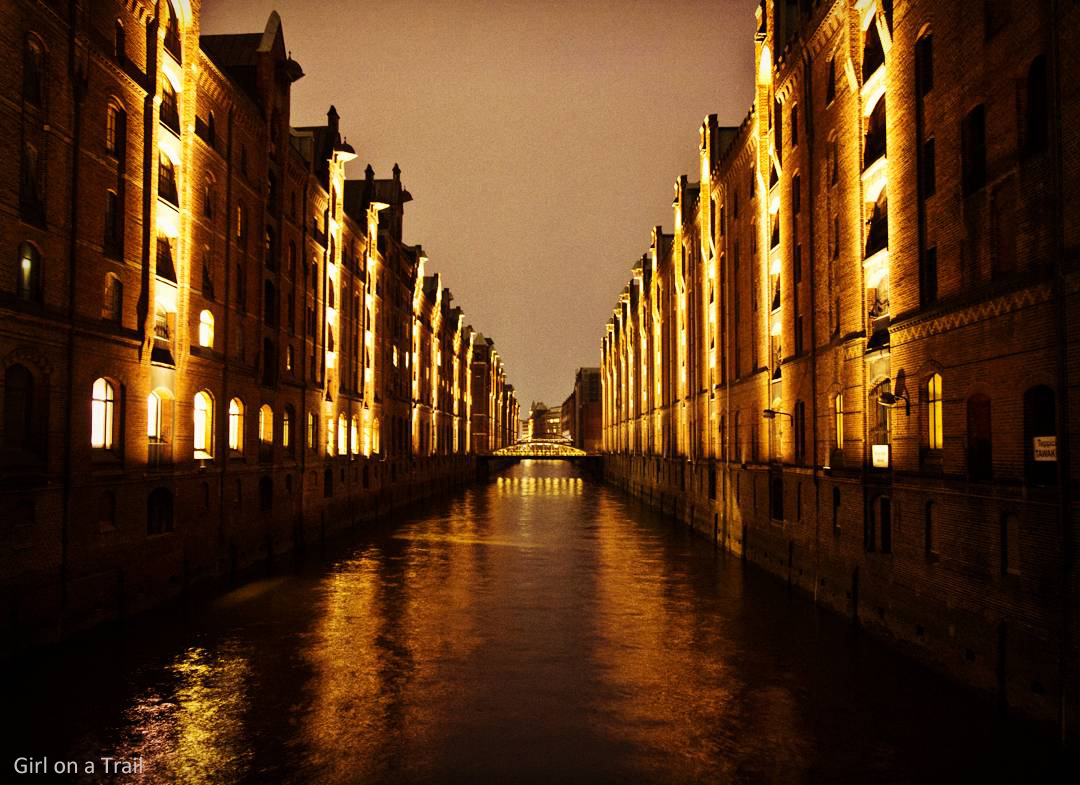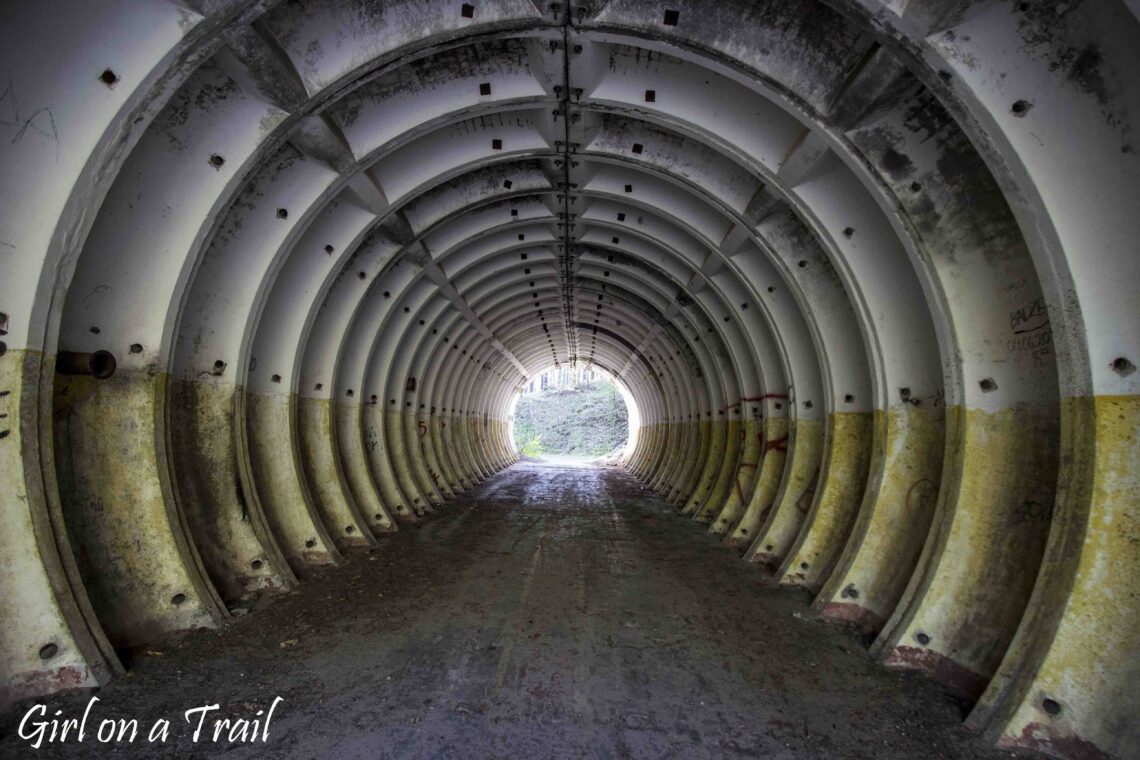
Mysterious Objects in Brzeznica Kolonia – a Nuclear Inferno in Poland?
The forest in Brzeznica-Kolonia at first glance seems to be a peaceful place, ideal for trips and relaxation in nature. However, few people realise that it hides a dark secret from the Cold War era. At that time, the existence of this place was a closely guarded secret, as there was a Soviet military base located here.
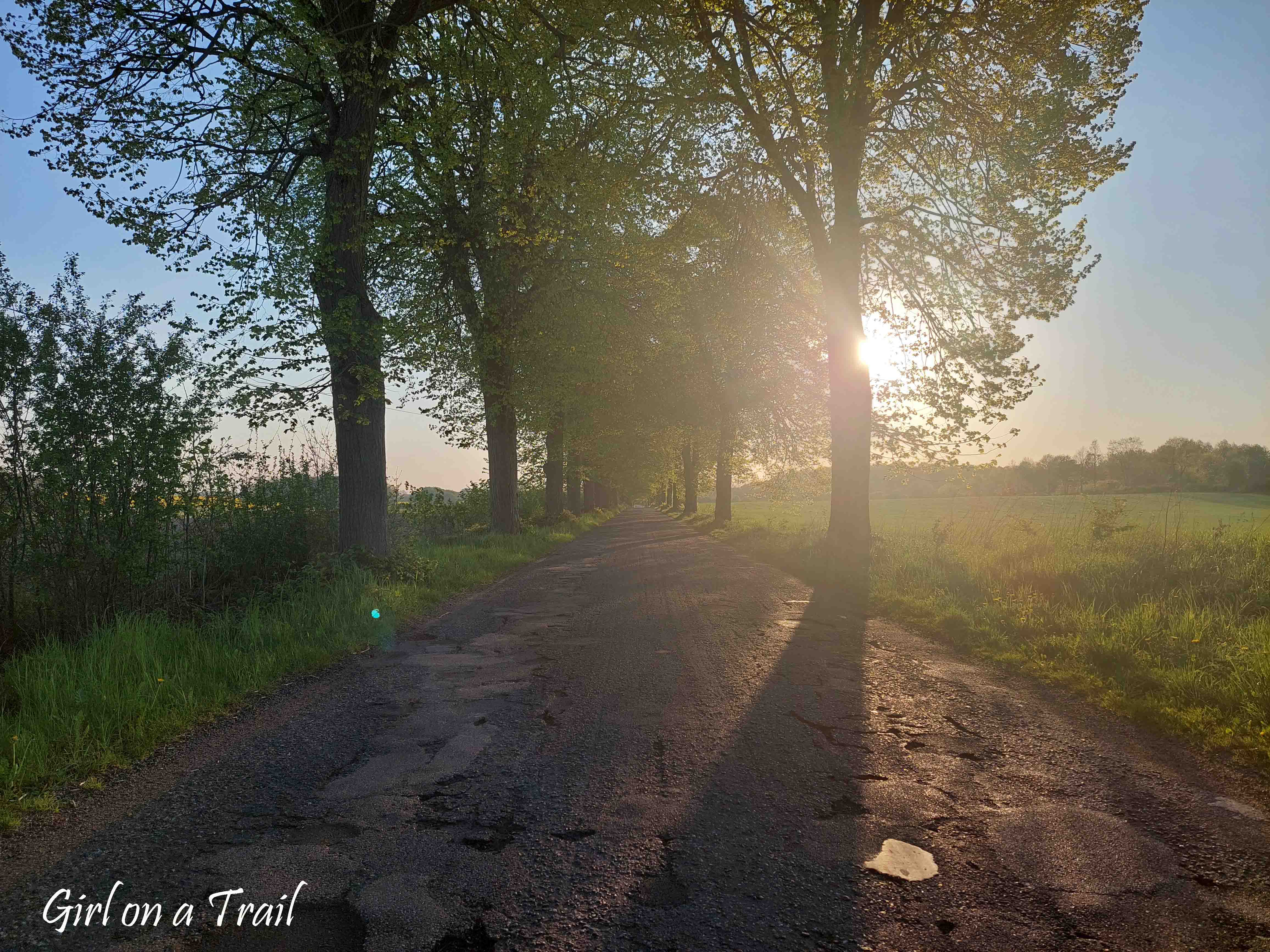
Under the agreement signed in 1967 between the USSR and the Polish People’s Republic, three nuclear weapon storage facilities were built in Poland. These facilities were constructed as part of a program code-named “the Vistula” which aimed to use tactical nuclear weapons in the event of an attack by NATO countries. The bunkers were built by Poles based on Soviet plans and using materials provided by the Soviet Union. After the construction was completed, the facilities were taken over by the Soviets and maintained in strict secrecy until the 1990s.
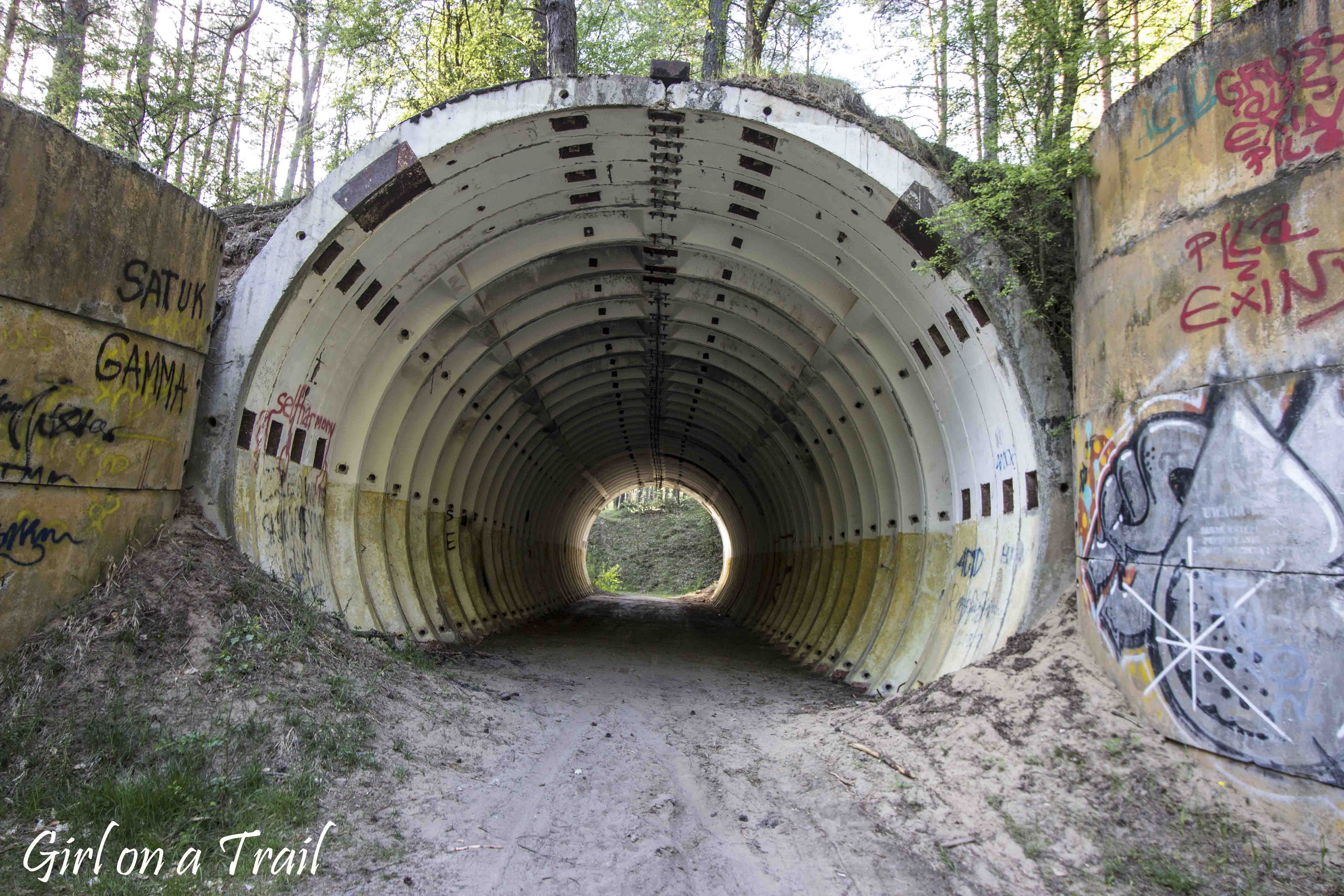
The first of these was located near Podborsko (facility 3001), the next in Brzeznica Kolonia (facility 3002), and the last in Templewo (facility 3003). In addition to these three bases, a nuclear warhead storage facility was also located in Bagicz and Szprotawa-Wiechlice, while temporary storage facilities were situated in Chojna and Pstraże (Strachów).
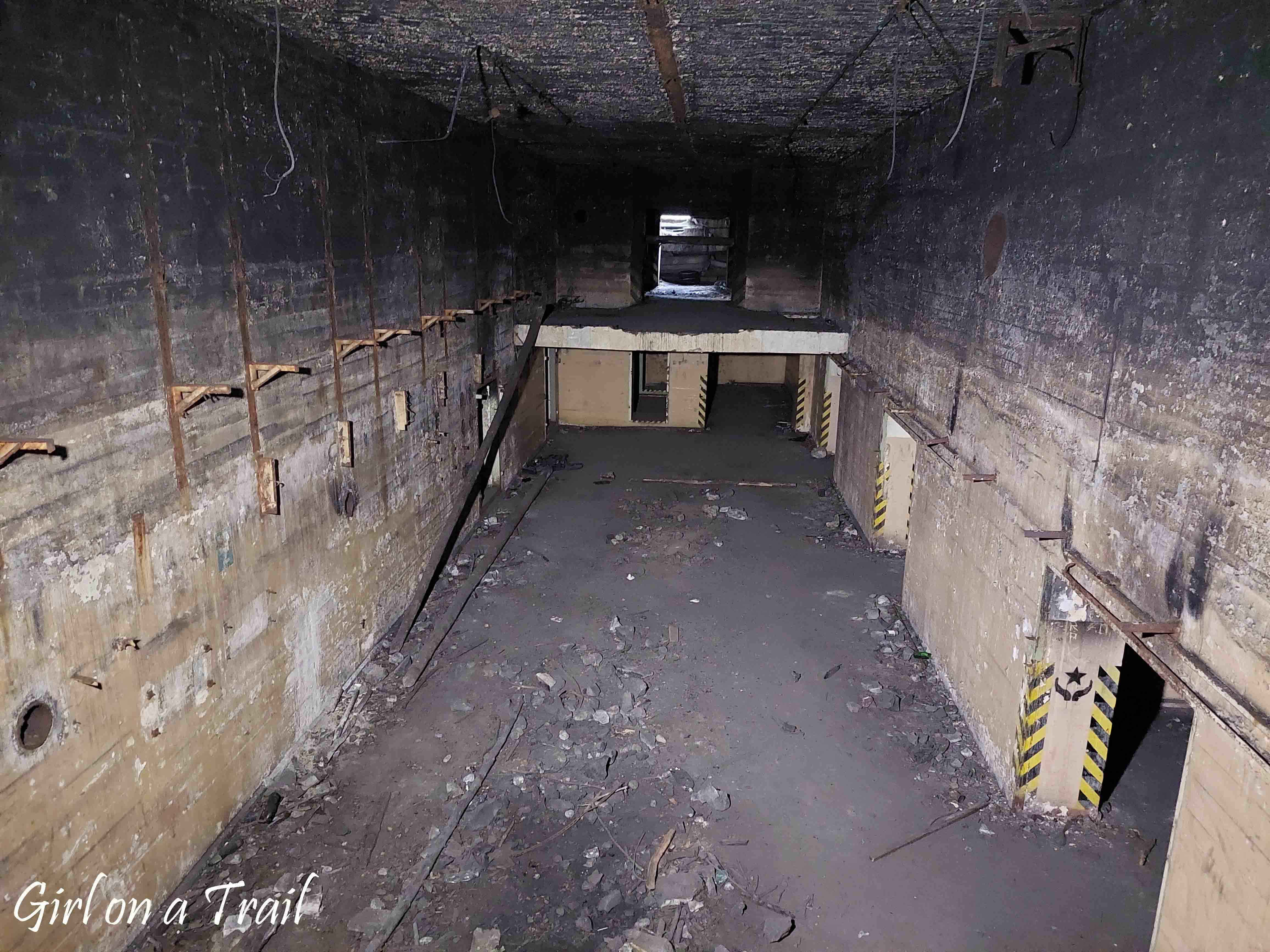
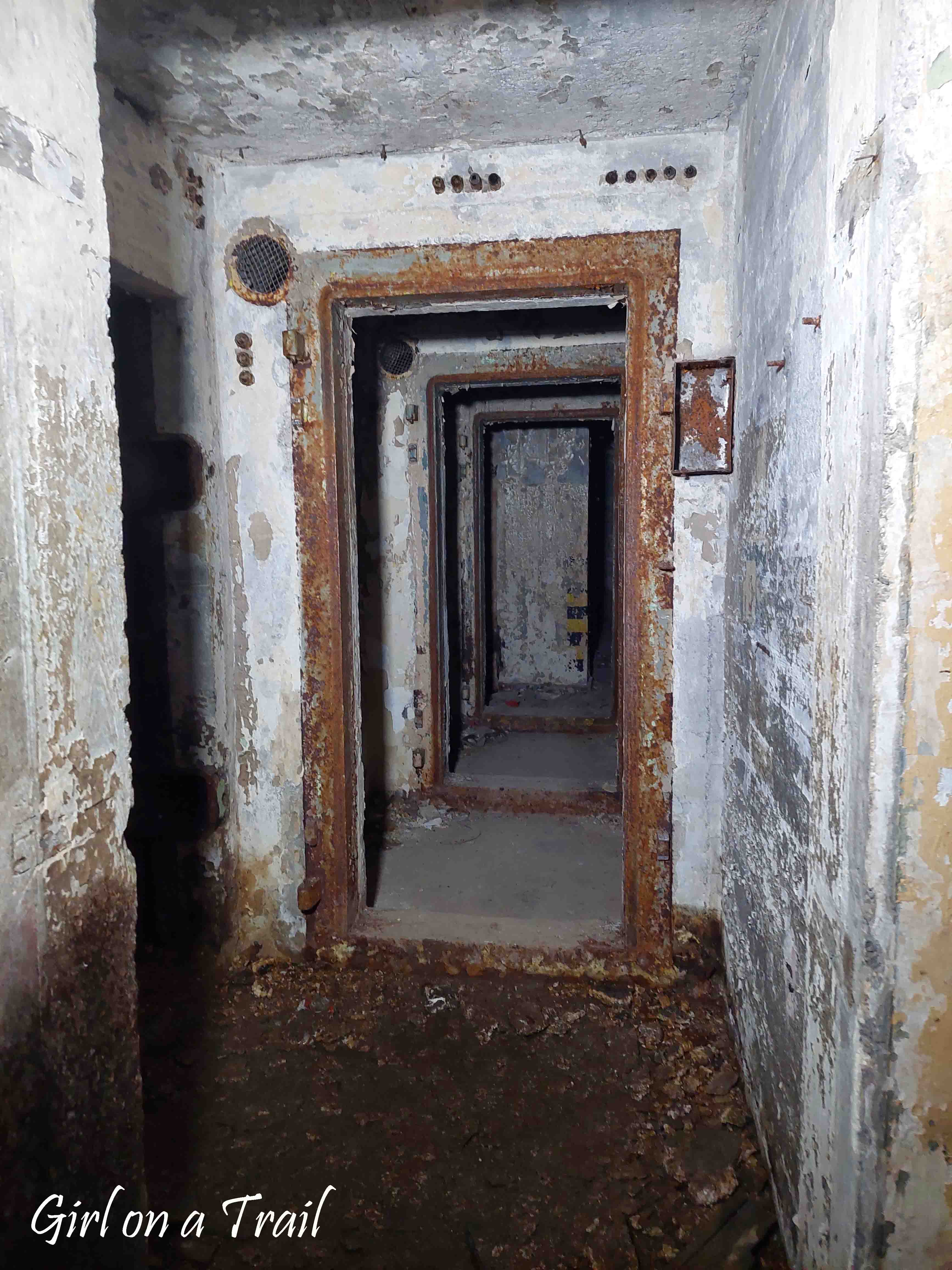
The three main bases in Podborsko, Brzeznica, and Templewo were built according to the same design. Each facility could accommodate between 200 and nearly 300 nuclear warheads, with estimated storage ranging from 0.5 to 500 kilotons. For comparison, the bomb dropped on Hiroshima had a yield of 15 kilotons. One can imagine what this means… In the event of an attack on NATO countries, Poland would become a nuclear inferno in retaliation.
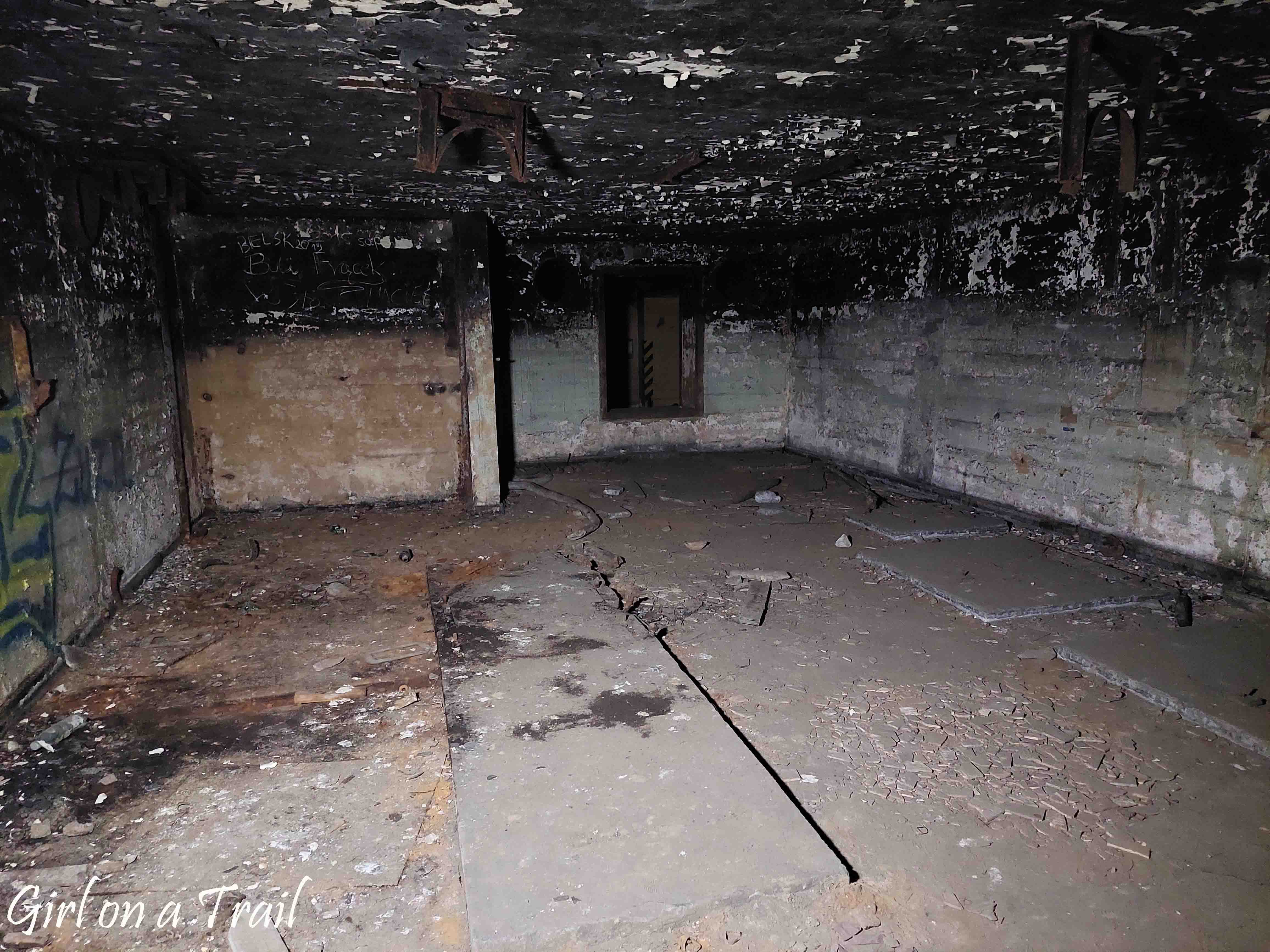
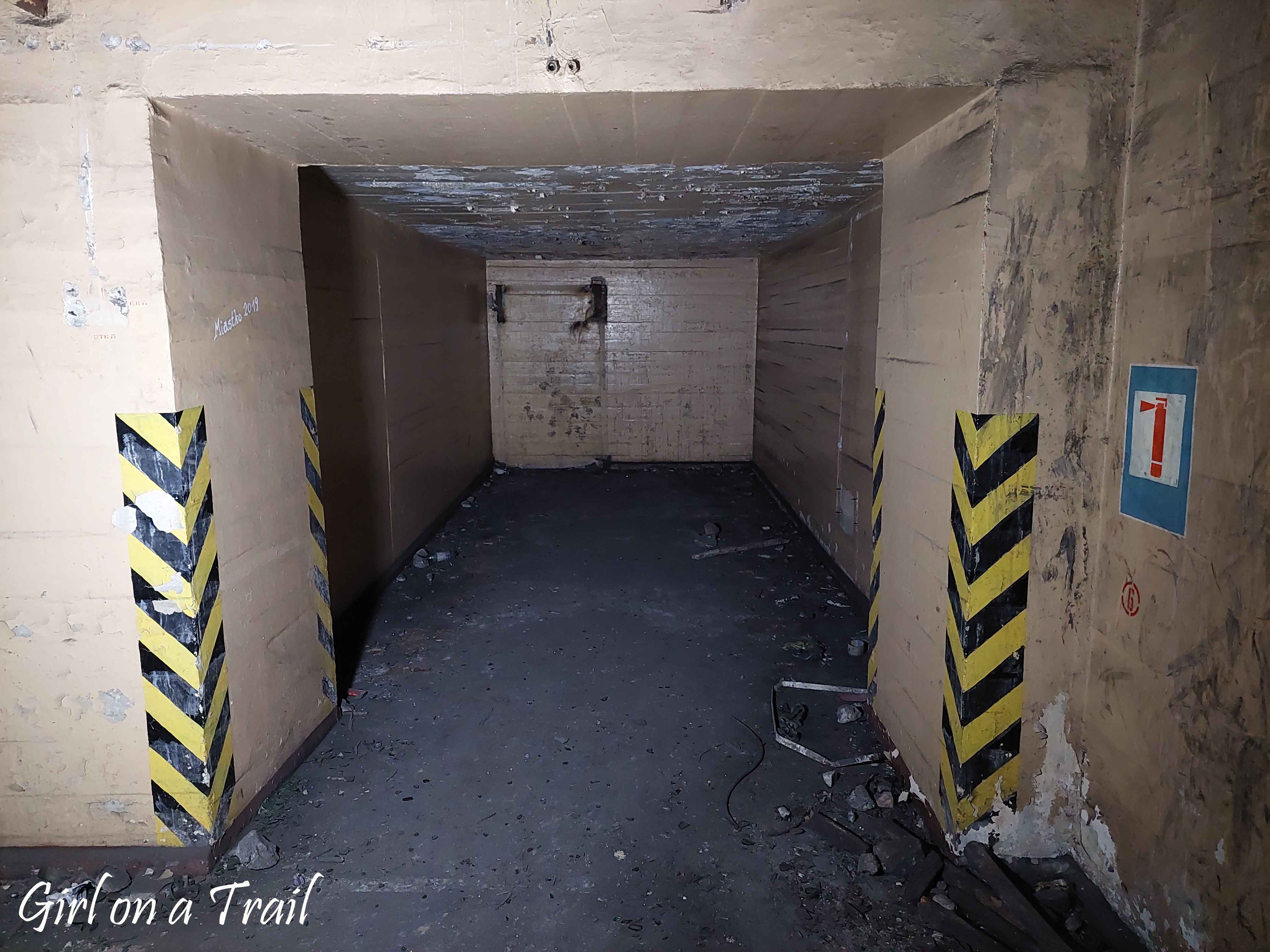
Each of the three bases had two identical underground nuclear weapon storage bunkers of the T-7 “MONOLIT” type, with a volume of 3,000 m³. These bunkers can still be seen in Brzeznica today. When the base was operational, the bunkers were accessed through two main entrances, secured by armored doors. Additionally, there were loading ramps located near the bunkers.
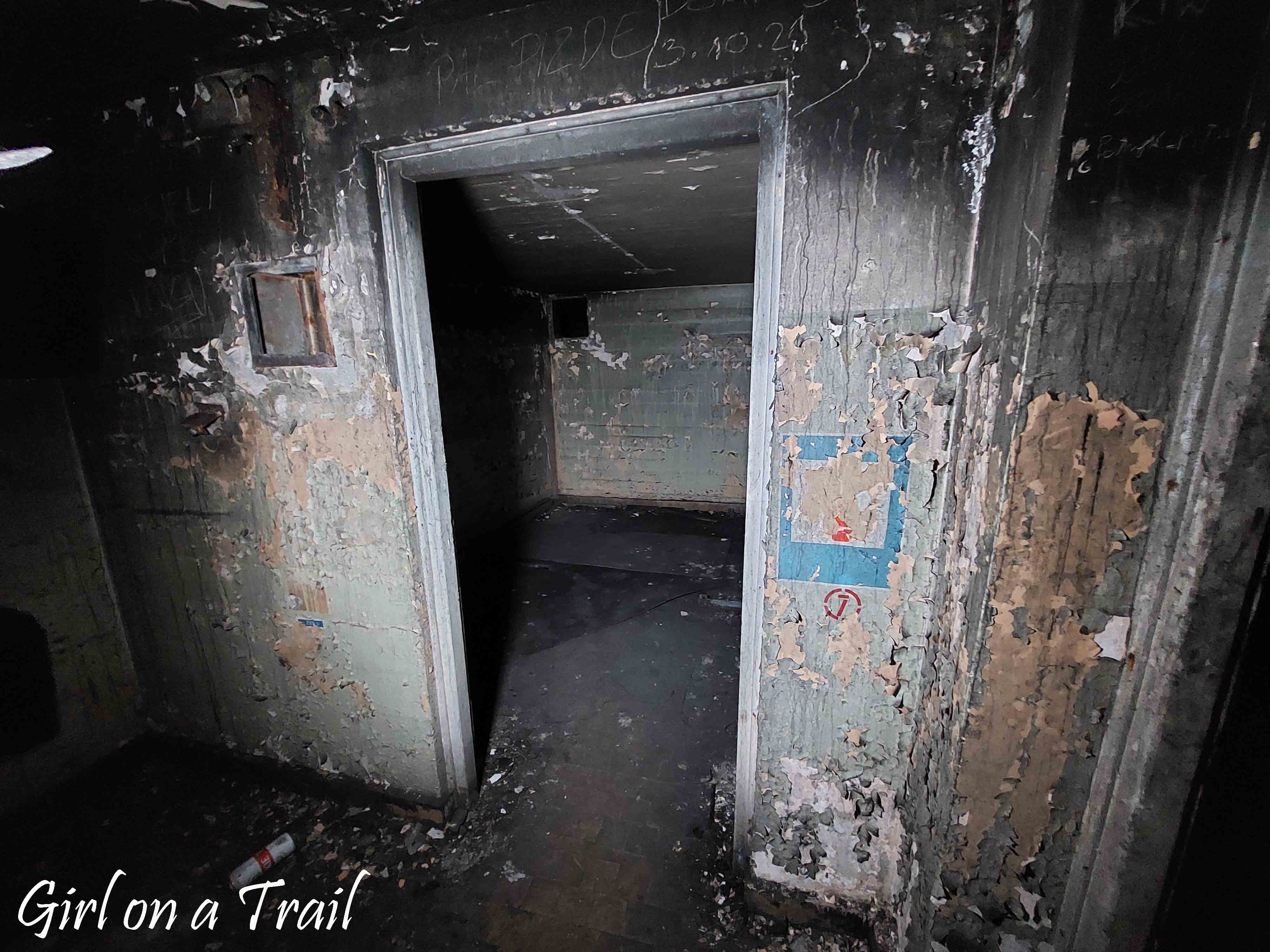

Theoretically, exploration of the bunkers is currently prohibited. A yellow sign warns that entering the facility poses a risk of death or serious injury. In reality, those who decide to visit must exercise extreme caution. A good flashlight is essential, as there’s a drop of about 4 meters just beyond the vestibule.
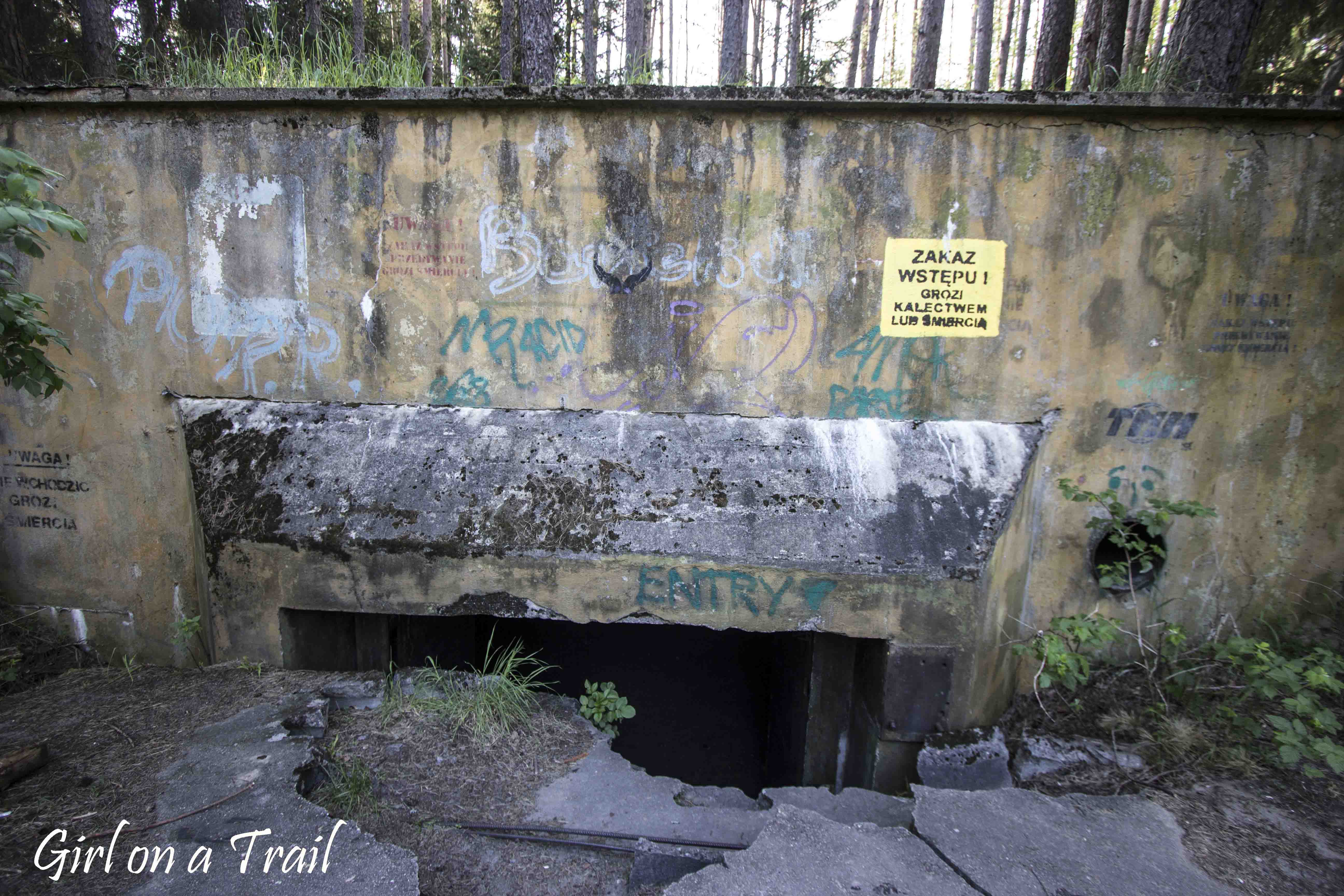

The site is now completely looted, initially by the Russians, who took everything they could while leaving the base. Subsequently, scrap metal scavengers finished the job. It’s futile to look for any metal elements at the site. On the floor of each bunker, you can see the remains of clamps that were used to secure carts transporting the warheads, which prevented accidental collisions.
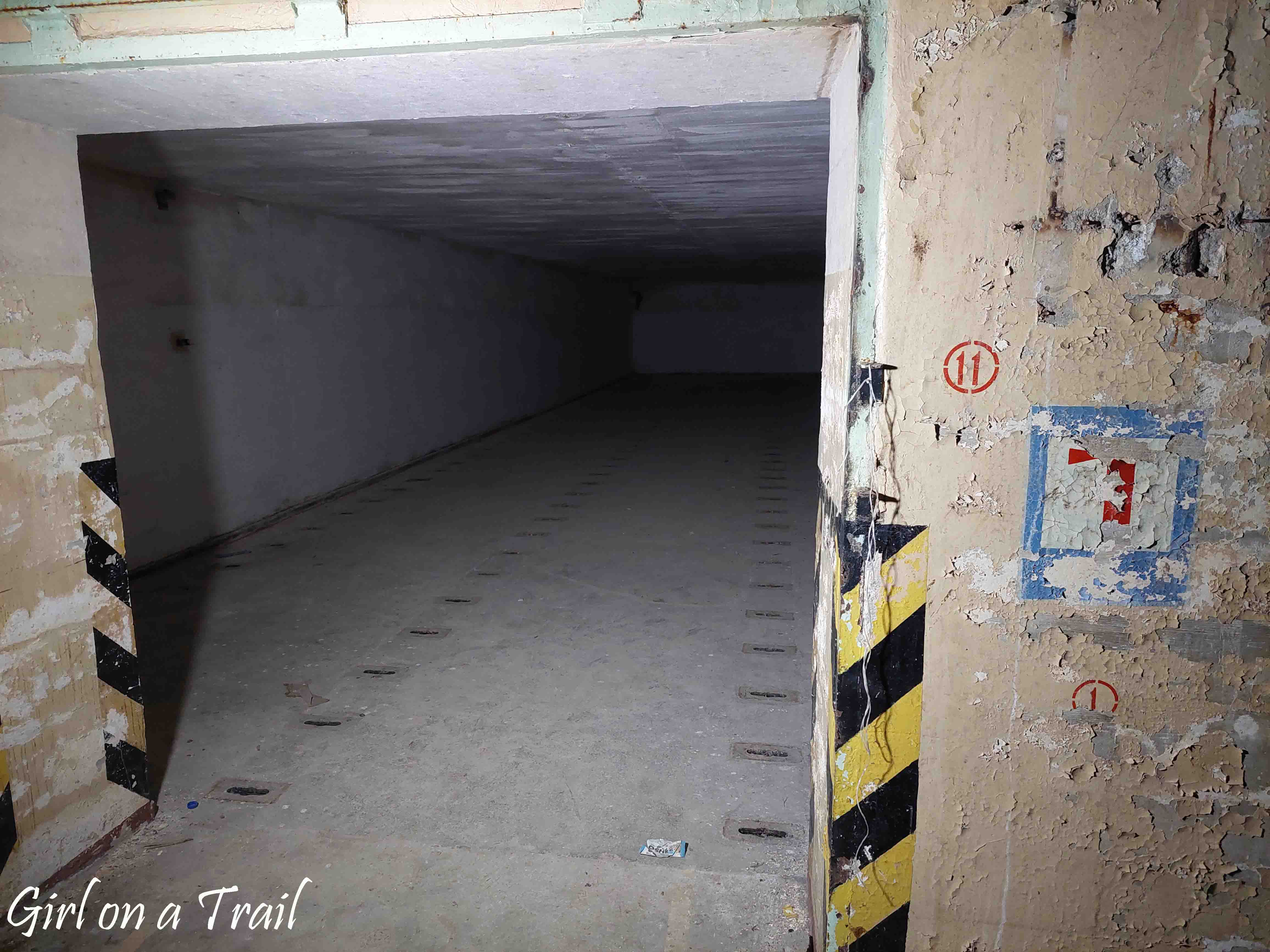
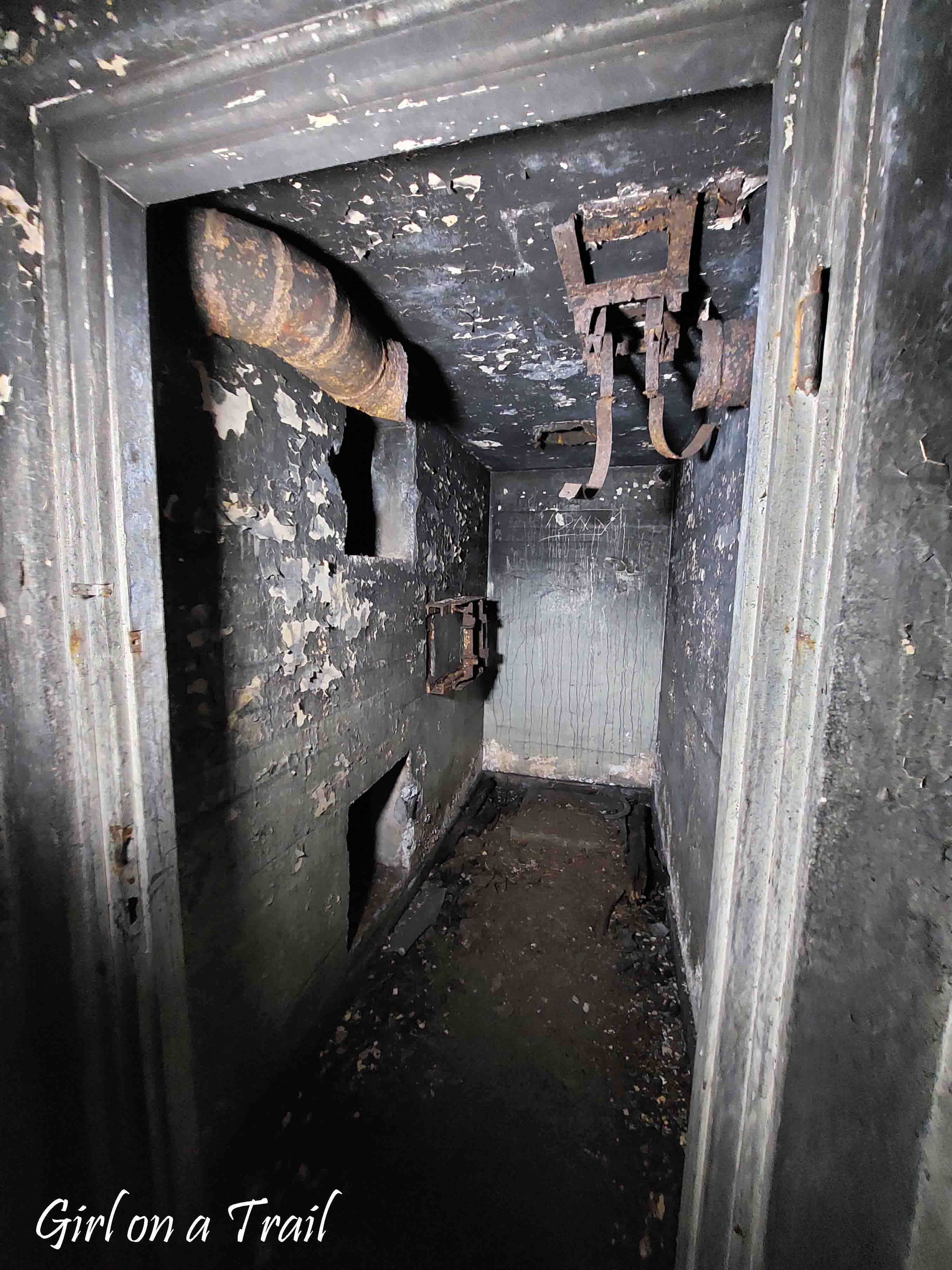
In the 1970s, an additional tunnel bunker of the Granit type was built, which was used to store a mobile missile launcher.

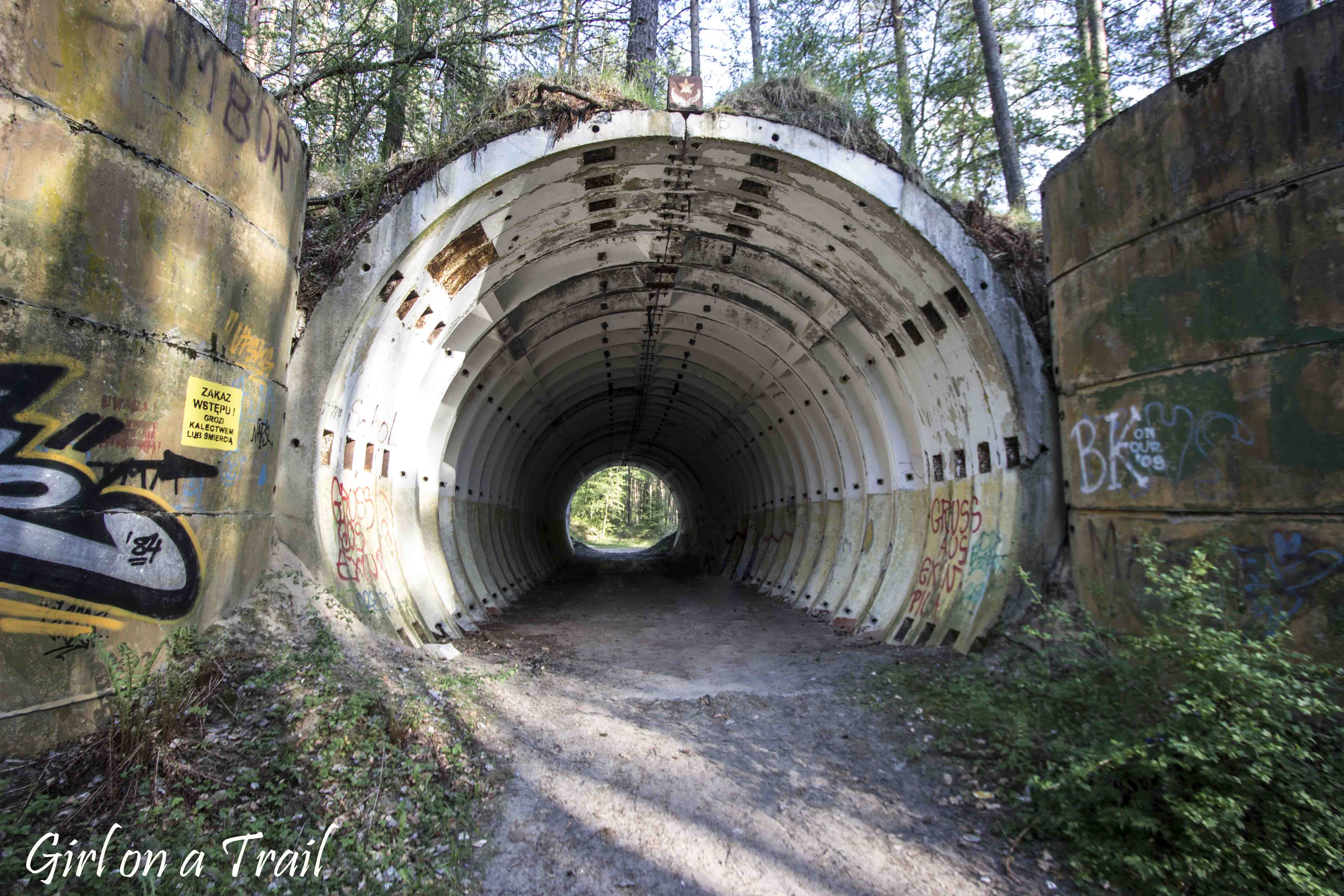
The storage facility in Brzeznica Kolonia was located deep within the forest, well camouflaged and heavily guarded. In fact, until the early 1990s, the existence of the base was kept strictly confidential. The base was self-sufficient and even featured a small town within its complex. There was a hospital, a shop, and a cinema operating on-site. It’s important to note that unlike other military units, service in Brzeznica lasted significantly longer. Limited specialist resources made frequent personnel rotations impossible. To ensure comfort for the staff, a semblance of normal life was created here. This decision had a positive impact on the mental health of the personnel, who, in fact had daily involvement with weapons of mass destruction.
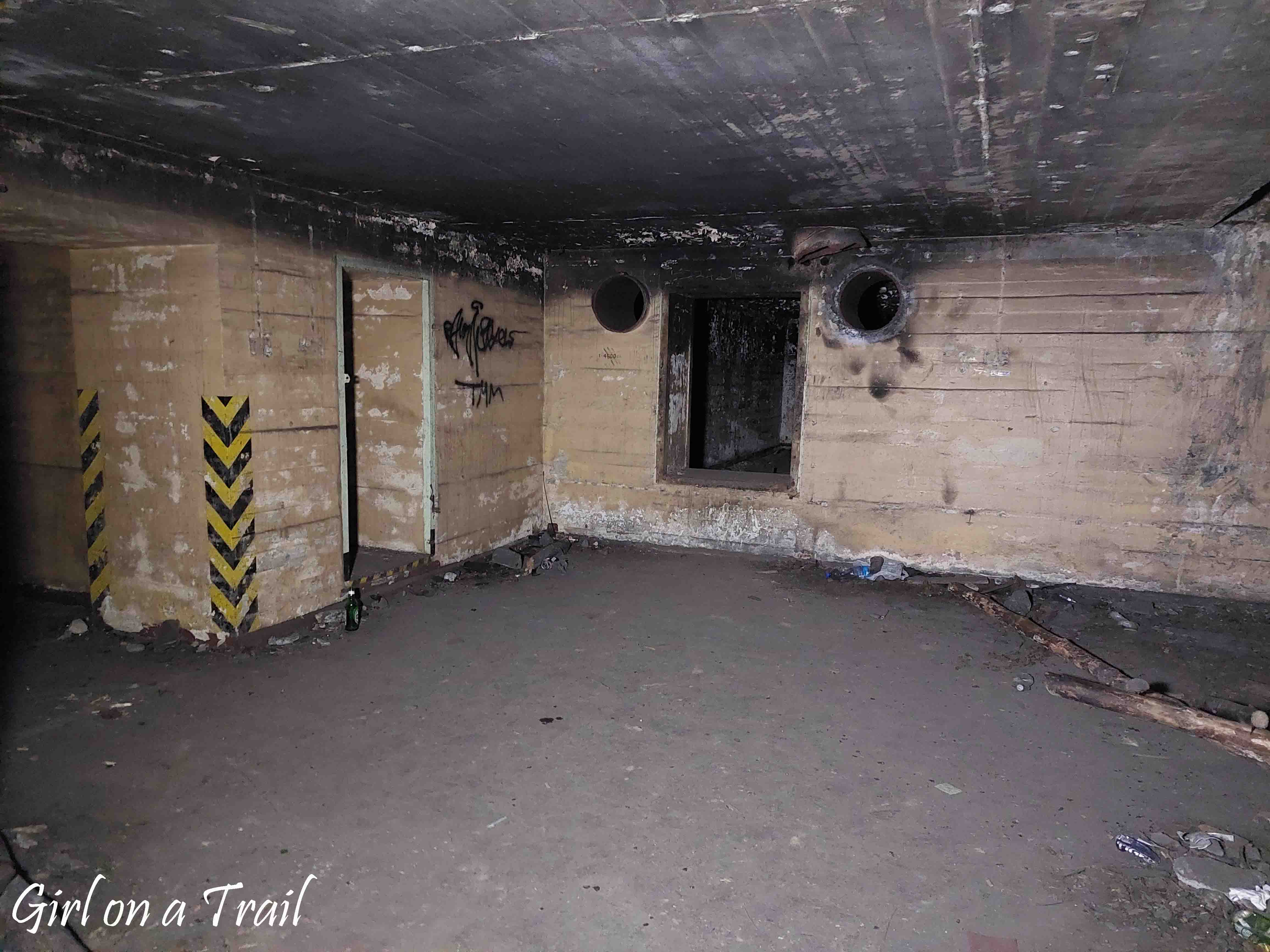
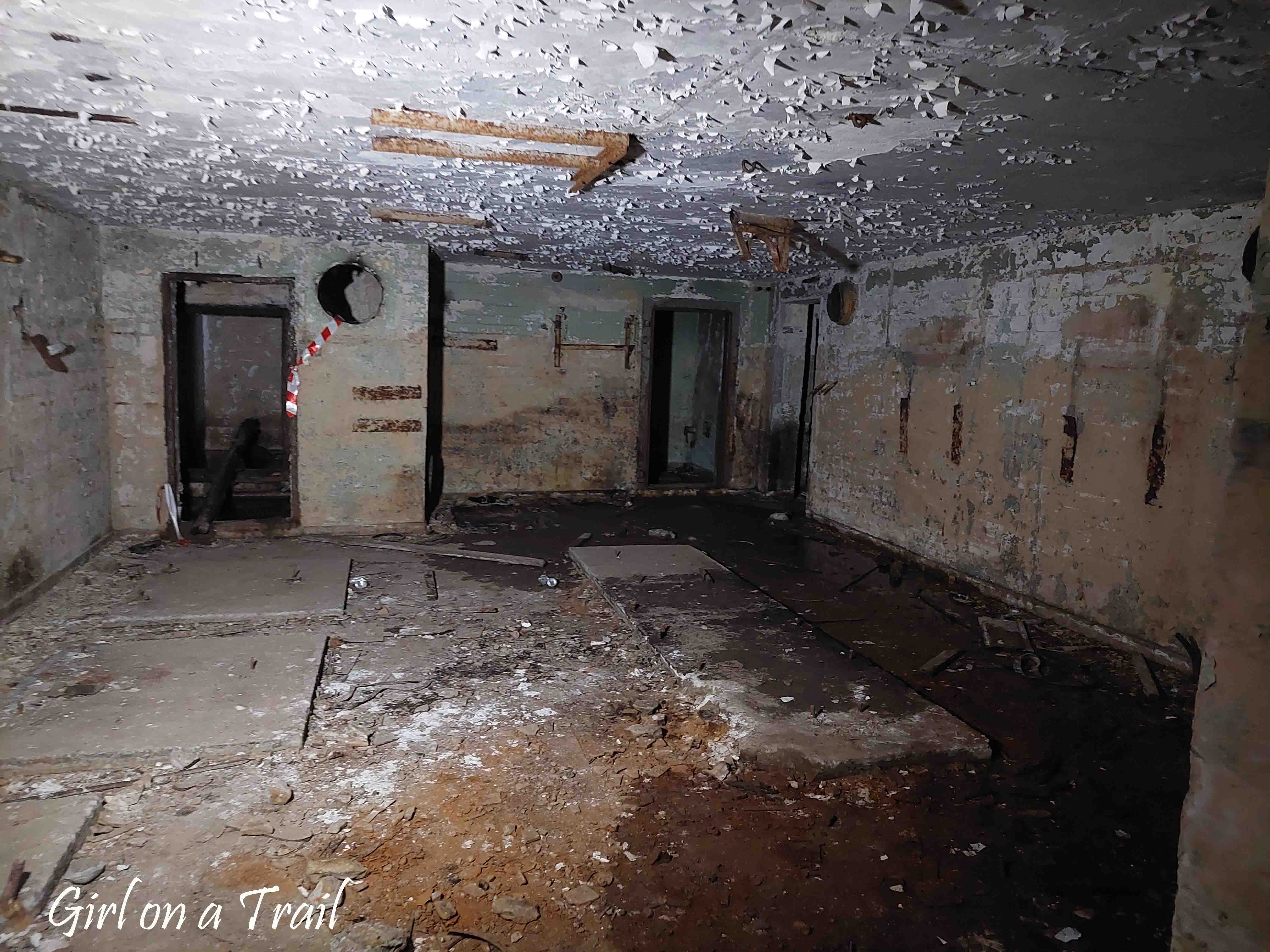
Unfortunately, little remains of the former base today. Besides the three bunkers, there are only remnants of guard posts and numerous trenches. Only in the Podborsko area you can visit a museum located in the former storage facility.
